Lynne Drexler The Monhegan Island Years

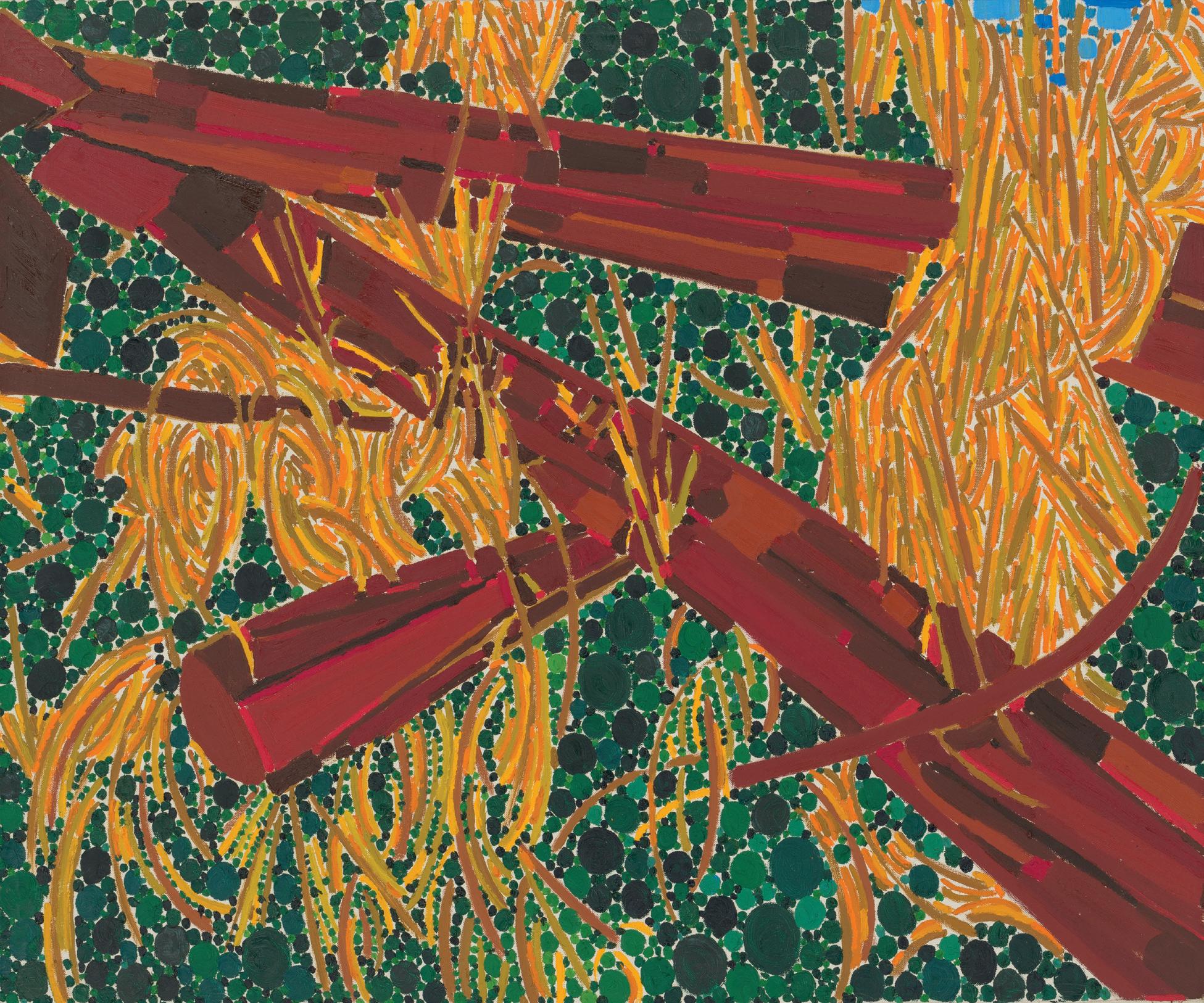







To create one’s own world takes courage.
- Georgia O’KeeffeWhen Lynne Drexler (1928 -1999) moved to New York City in the mid-1950s to study art, she found herself exposed to a whirlwind of influences, styles, and expectations. For a young southerner who had grown up exploring the woods in Virginia, it must have been both thrilling and nerve-wracking to live in a city considered to be the postwar capital of the art world. Drexler arrived in New York when Abstract Expressionism was in its second generation and a handful of women artists, including Helen Frankenthaler and Grace Hartigan, were making names for themselves.
One of Drexler’s teachers at New York’s Hunter College, the Abstract Expressionist Robert Motherwell, oVered excellent advice, telling her that “to be an artist meant first and foremost that one had to create work worthy of attention.” Another mentor, Hans Hofmann, gave her some of the formal tools that would serve her well over time. This included the notion that she could activate the space of her compositions by using vibrant, carefully arranged colors.
In 1962, Drexler married artist John Hultberg, whose work was already in the collection of the Museum of Modern Art, and had her first solo show at an artist’s co-op called the Tanager Gallery. Afterwards, she painted for many years without commercial representation while her husband was taken on by the high-powered art dealer Martha Jackson. As the years
went by both artists found themselves increasingly out of sync with the market, which had moved on to new styles including Pop and Minimalism. Drexler came to see the art world as representing a “game” that she did not like to play.
Drexler was a formalist whose highly personal style reflected her complimentary interests in music and nature. She painted clusters and zones of small forms— including unblended mosaic-like brushstrokes, sinuous lines and organic shapes—that she unified into harmonious compositions. Even during her years in New York, Drexler’s pitch-perfect abstractions most often had their roots in forest landscapes. One series even recalled the Matoaka Woods that she had hiked once as a student at the College of William & Mary in Williamsburg, Virginia.
Other paintings were developed from outdoor sketches she made during summer stays on isolated Monhegan Island oV the coast of Maine. Drexler and her husband regularly visited the island early in their marriage and soon owned a house there. The titles of her works from the 1960s, which include Foliage Study, Nature in Order, and Floral Chaos confirm that nature and its energies were a prime source of inspiration. In the 1970s, Drexler’s paintings distilled the essence of Monhegan Island’s landscape and flora into lyrical abstractions. During a guest lecture at a New Jersey college, Drexler showed a slide of an abstract triptych that prompted a student to blurt out, “Lobster Cove”—exactly the place she had in mind when she painted it.
John left in 1983 after their troubled marriage had finally failed. Drexler was now a single woman, living in
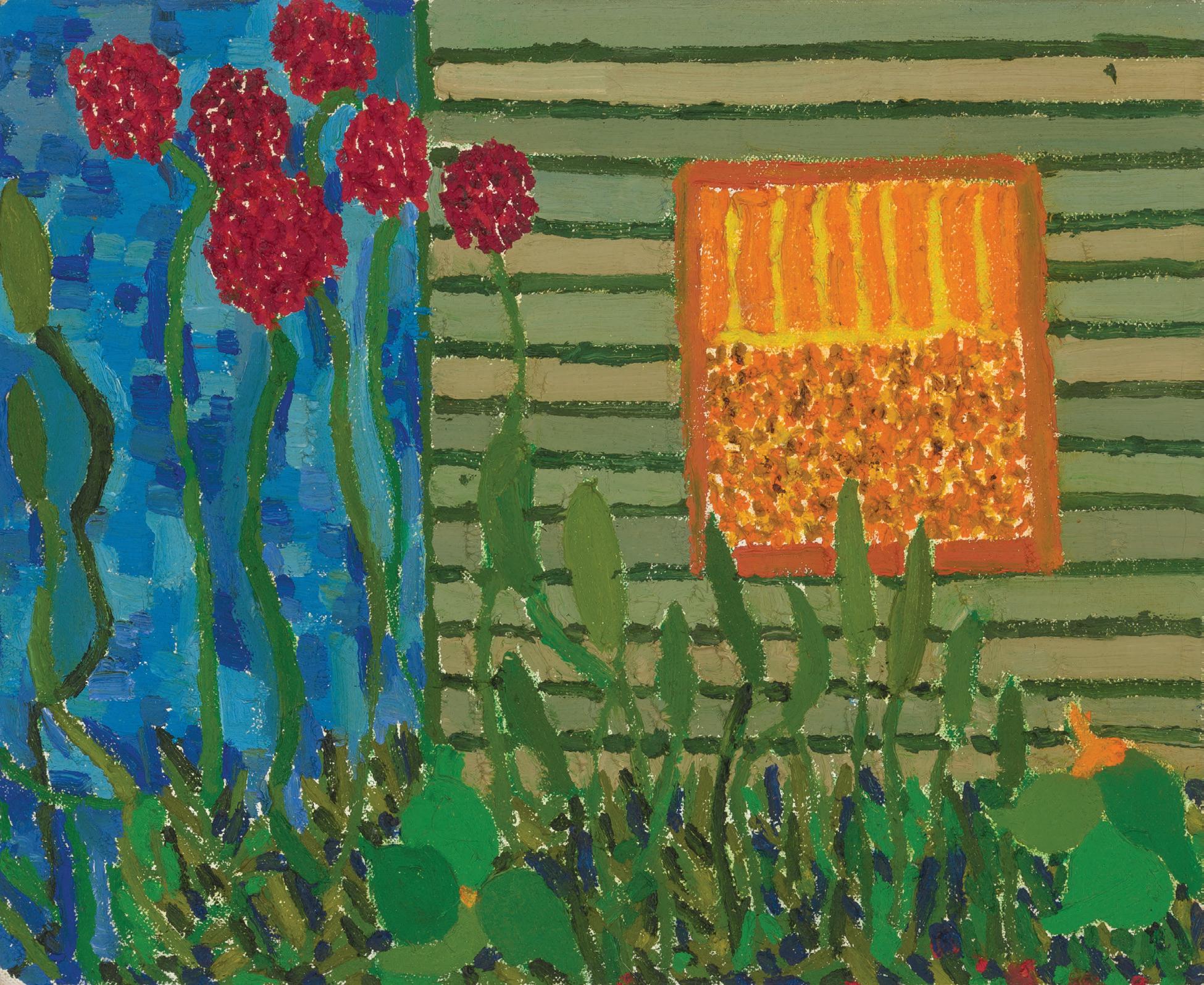
a secluded environment that oVered constant inspiration. When a friend in New York wrote and asked her what to tell collectors who inquired about her, Drexler replied: “Advise them I’ve become a hermit—an eccentric one—and that I come to NYC when provided with orchestra seats to the Met, clubhouse tickets to the racetrack and absolutely no talk of art or the scene.”
Jerry Vis was an artist friend who dropped by on his regular visits to Monhegan. He would find her dining room table filled with colored pencil drawings and the walls lined with fresh paintings. During this period Drexler mixed abstraction and figuration. She painted her favorite trees, pitchers of flowers and the wild garden surrounding her home. In solitude, her art blossomed with joy and tenderness. Although she did not paint portraits, some of her paintings feel like self-portraits in which familiar objects and places offer hints of Drexler’s inner life.
Enchanted with her art, which he realized “looked like nobody else’s,” Vis began buying Drexler’s paintings. He eventually assembled a varied collection that encompassed the full range of her abstract, landscape, and still life imagery. One of his purchases, Twilight Imagery, 1976, is an almost grey-blue magic carpet with a nocturnal glow not unlike like that of Van Gogh’s Starry Night. Another, Raked Off, 1989, is a dazzlingly eccentric still life that depicts a garden rake and a red-orange pitcher of flowers set off by woven patterns of green, orange and gold. Trunk, 1994, is an essay in unrestrained color and features a curving blue tree trunk that dances in front of pink, yellow, and orange zones. Through their rich friendship, Vis gained a sense
of Drexler’s importance long before her death in 1999 revealed her work to a wider audience.
Near the end of her life, Drexler told an interviewer, “I’ve always felt deeply within myself I was a damn good artist, though the world wouldn’t recognize me as such.” Time proved Drexler right, and the re-discovery of her art by a new generation of curators and collectors would have gratified her. Drexler was an original who lived and made art on her own terms. On Monhegan Island she found the solitude to paint and the support of a small group of friends who realized how great she truly was.
John SeedWe are delighted to present this group of works by Lynne Drexler, most of which are from the collection of her devoted friend and fellow artist, Jerry Vis. We are grateful to John Seed for his essay, which sheds new light on our understanding of Drexler’s masterful paintings. It has been a joy to collaborate on this project with our colleagues Peter Lameray and Sheldon Geringer of Tobin Reese Fine Art and Geringer Art, who brought the Vis Collection to our attention. Finally, enormous thanks go, as always, to Meghan Schwab for her dedication and tireless eVorts in managing all aspects of this exhibition and catalogue.
Meredith Ward Debra WiederBroken Shadows, 1969
Oil on canvas, 34 x 28 inches
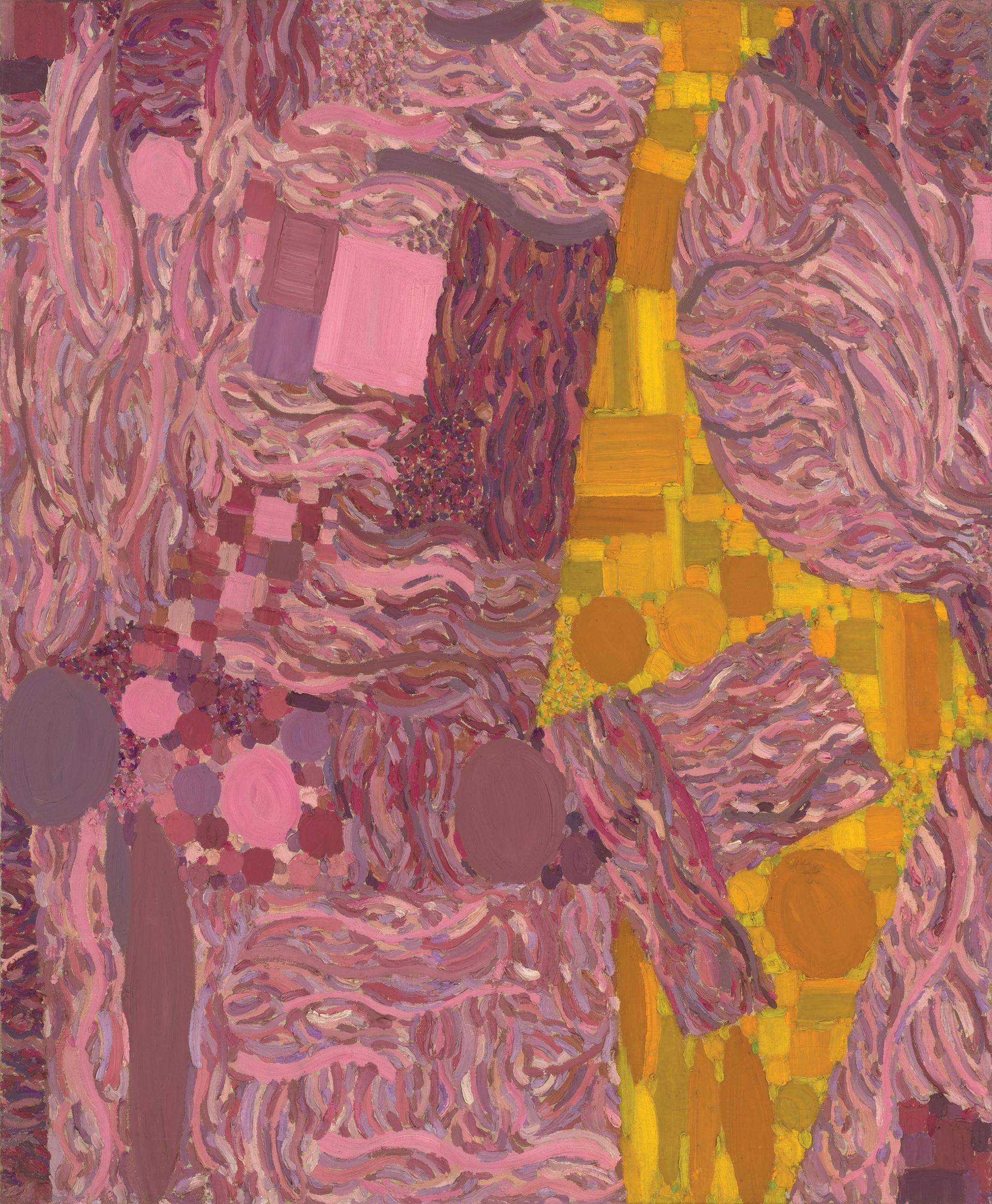
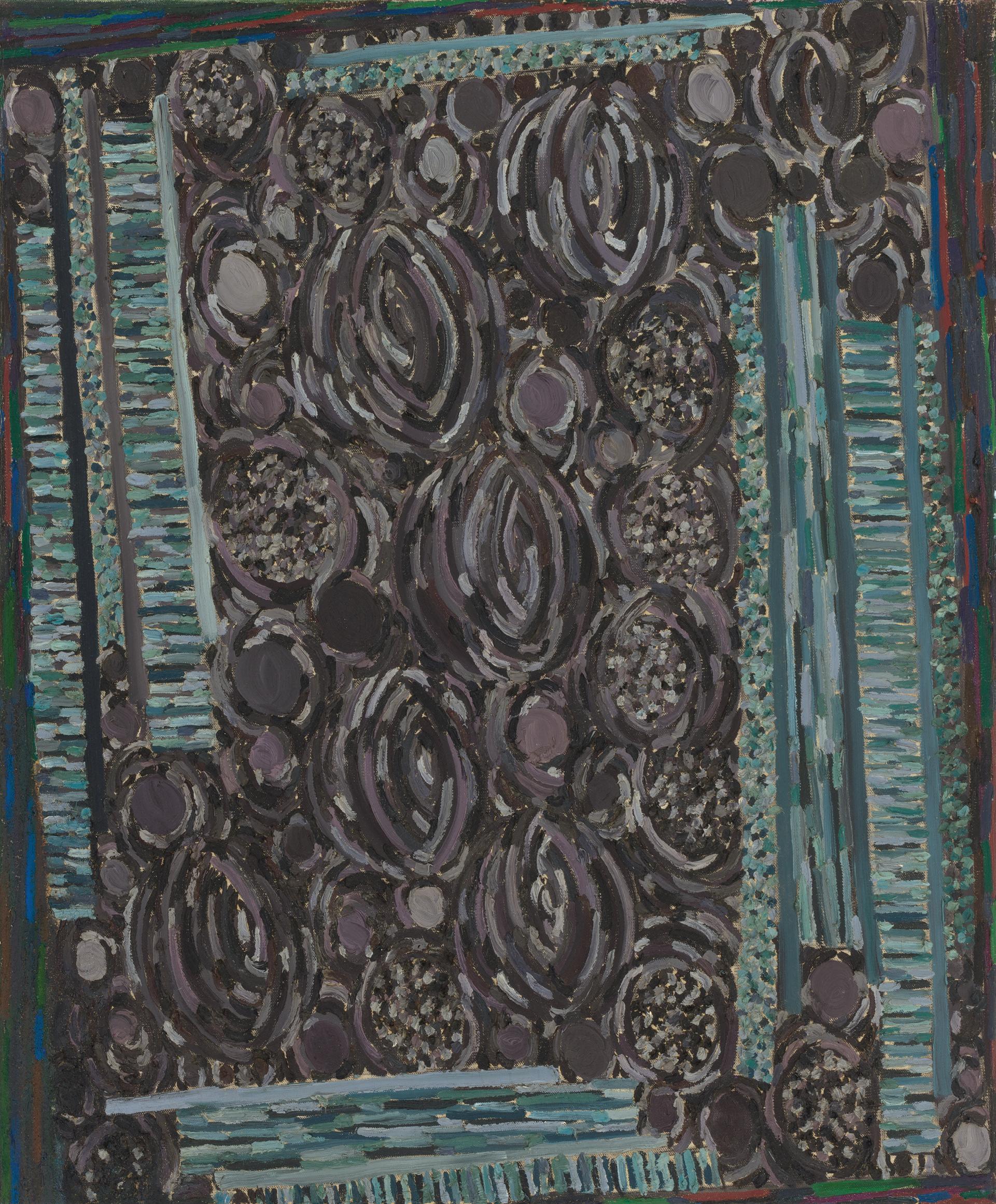

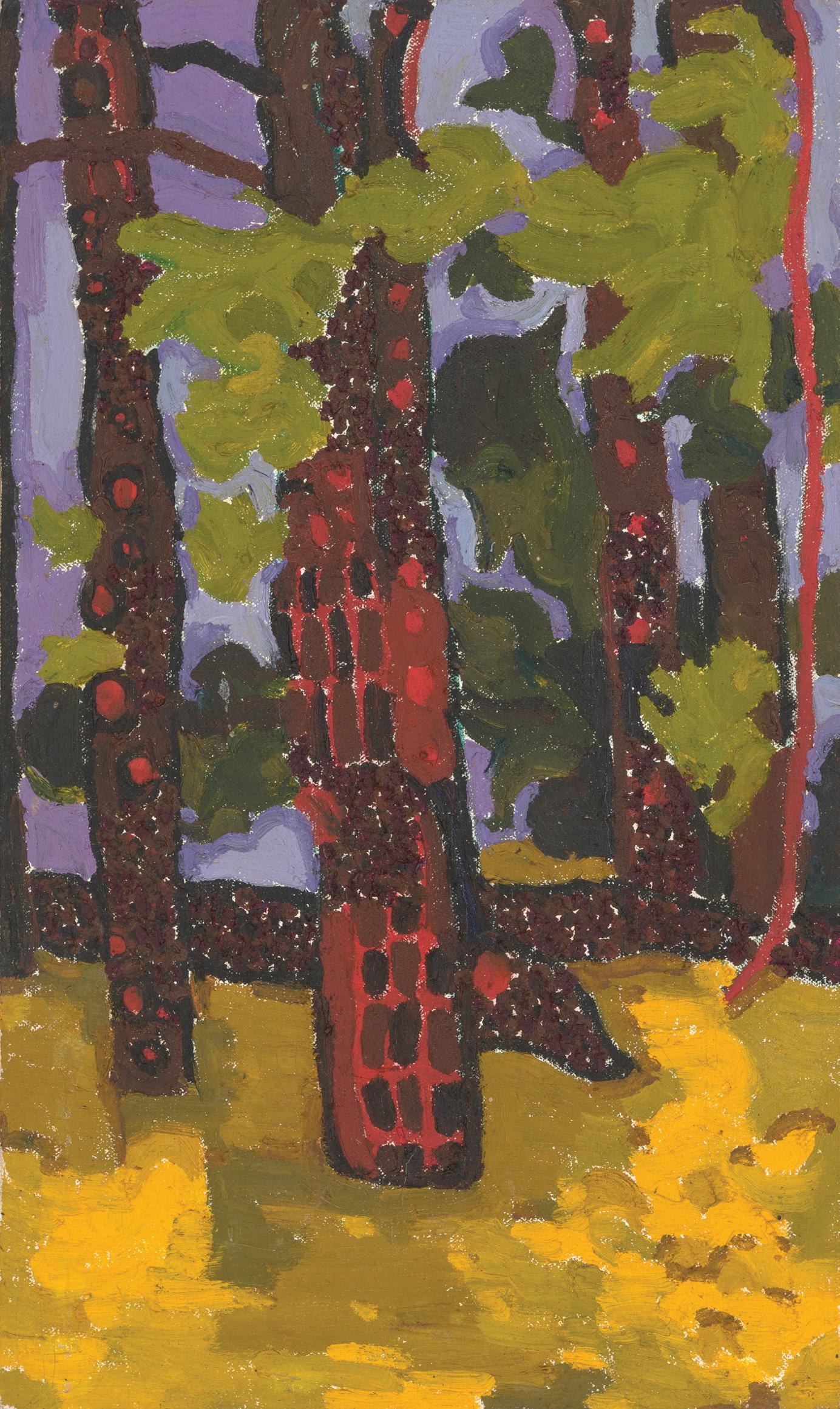
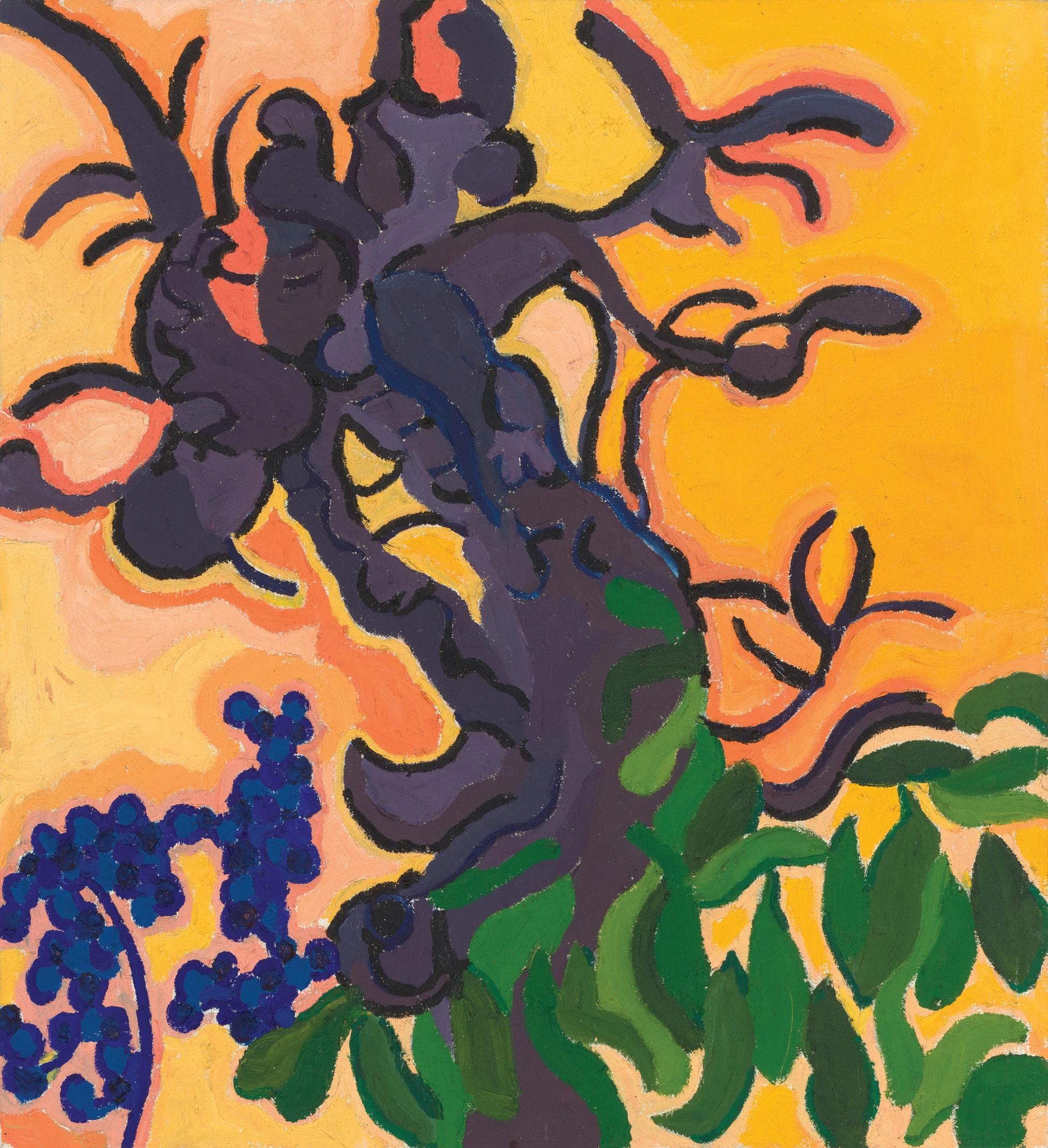
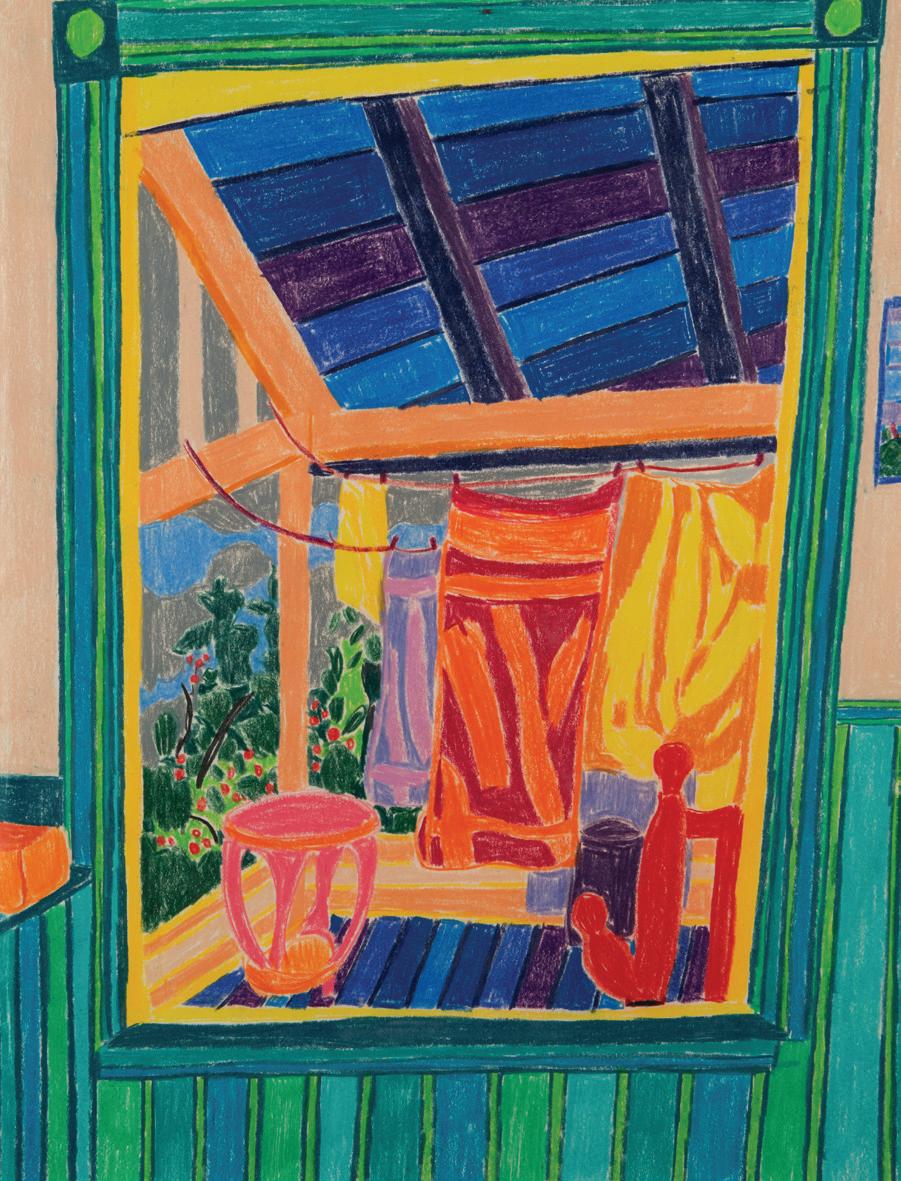
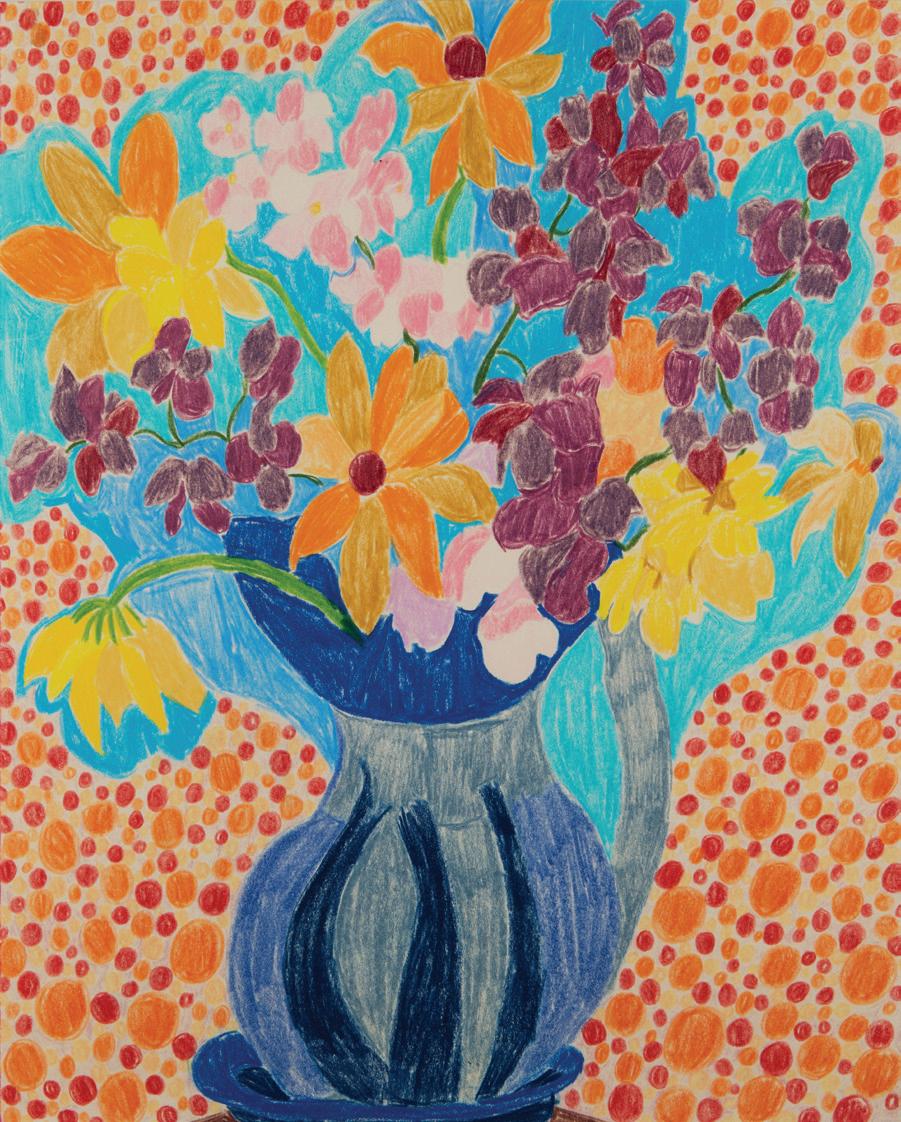 Untitled (Garden Window) Crayon on paper, 15 M x 12¼ inches
Untitled (Garden Window) Crayon on paper, 15 M x 12¼ inches
Burst
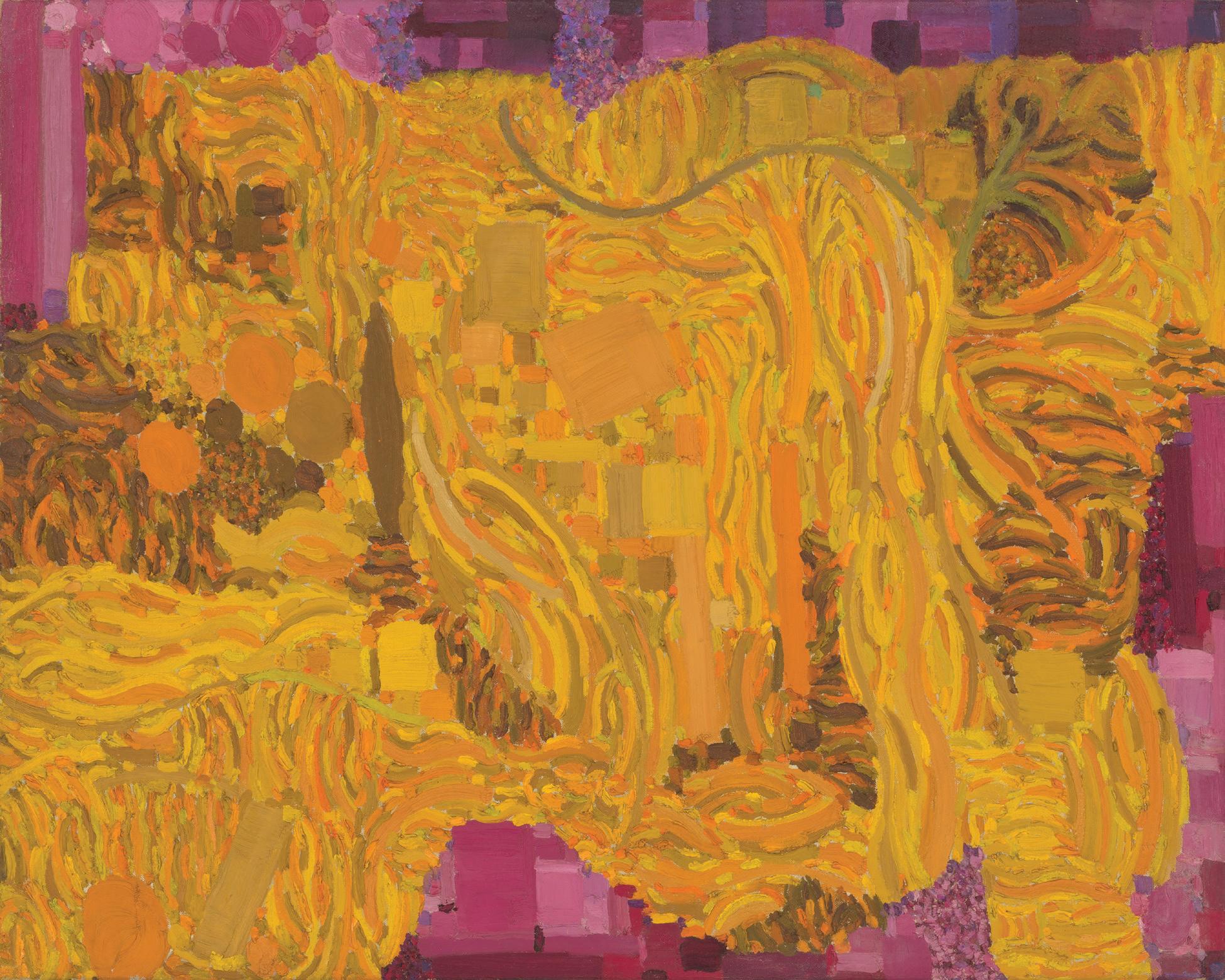
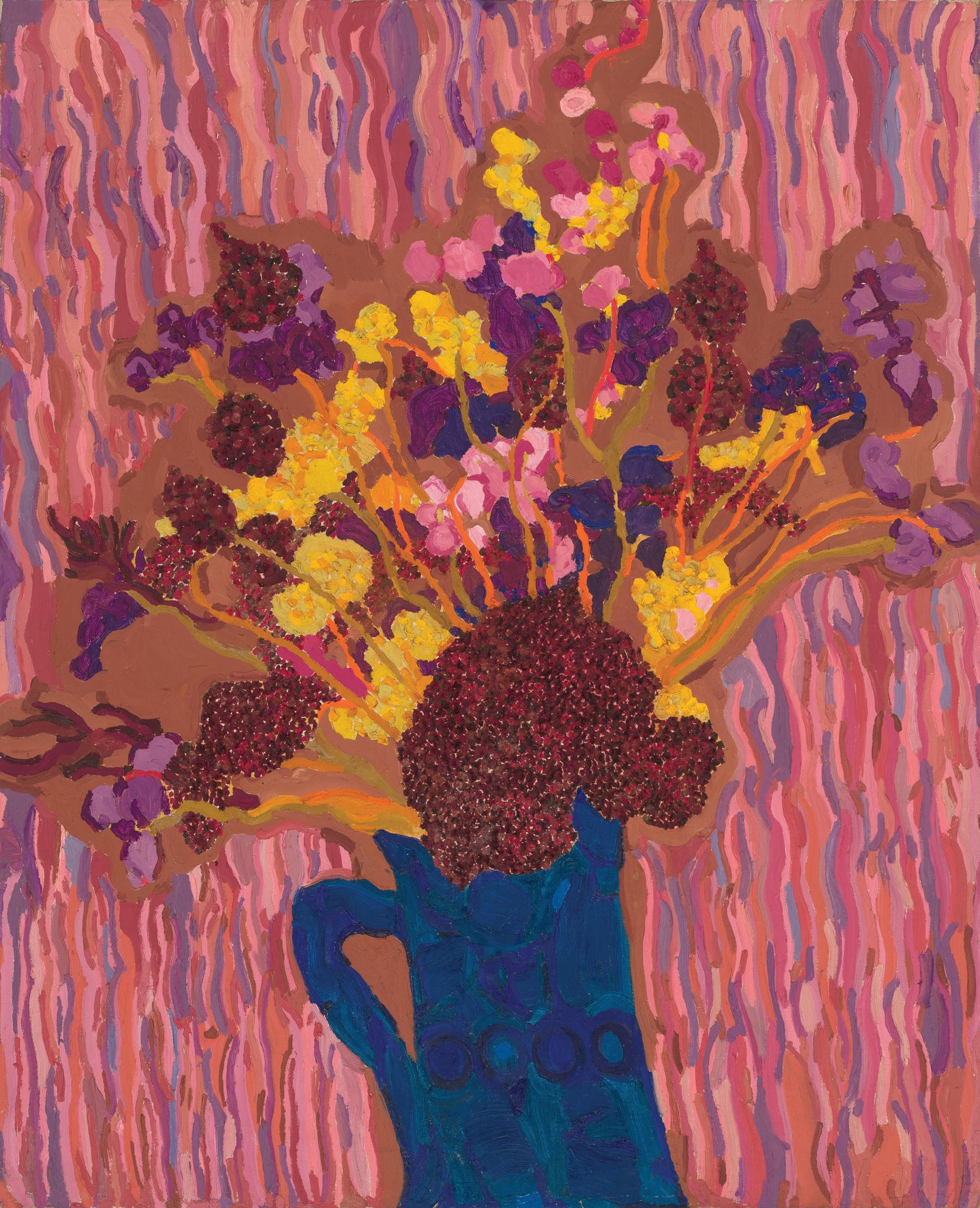
Works from the Jerry Vis Collection
May 12 –July 28, 2023

In Conjunction with Tobin Reese Fine Art and Geringer Art
Meredith Ward Fine Art
44 east 74th street suite g new york new york 10021
tel 212 744 7306 fax 212 744 7308
inf o @ meredithwardfineart.com
www. meredithwardfineart.com
edition of 800
design Katie Michel, New York
photography Michael Tramis, New York
printing Permanent Printing, Ltd., Hong Kong
cover (detail) Raked OV, 1989, oil on canvas, 36 x 31 inches
frontispiece (1) Trunk Grass, 1980, oil on canvas, 30 x 36 inches
frontispiece (2) Ensconsed, 1987, oil on canvas, 36 x 30 inches
publication copyright © 2023 meredith ward fine art